Table of Contents
7. Planetary age
1. Our solar system
Using the NASA Solar System Explorer, let us locate our solar system in the Milky Way galaxy. Click on the NASA link, zoom out and you will see the location as shown below.
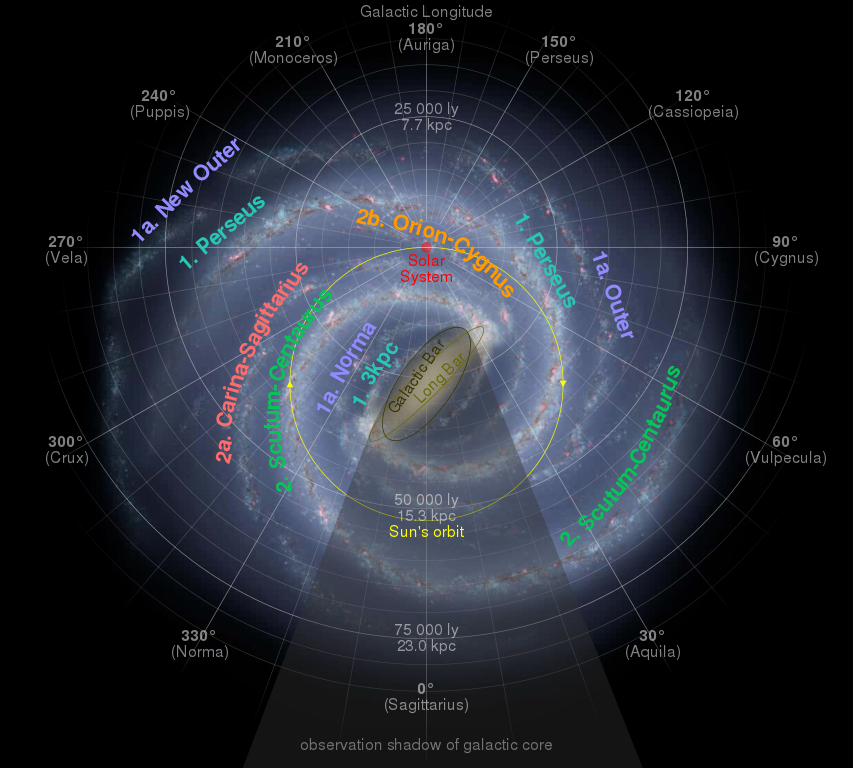
Our galaxy is named the Milky Way which formed almost 13 billion years ago. We are at a distance of 25,000 light years from the center of the Galaxy.
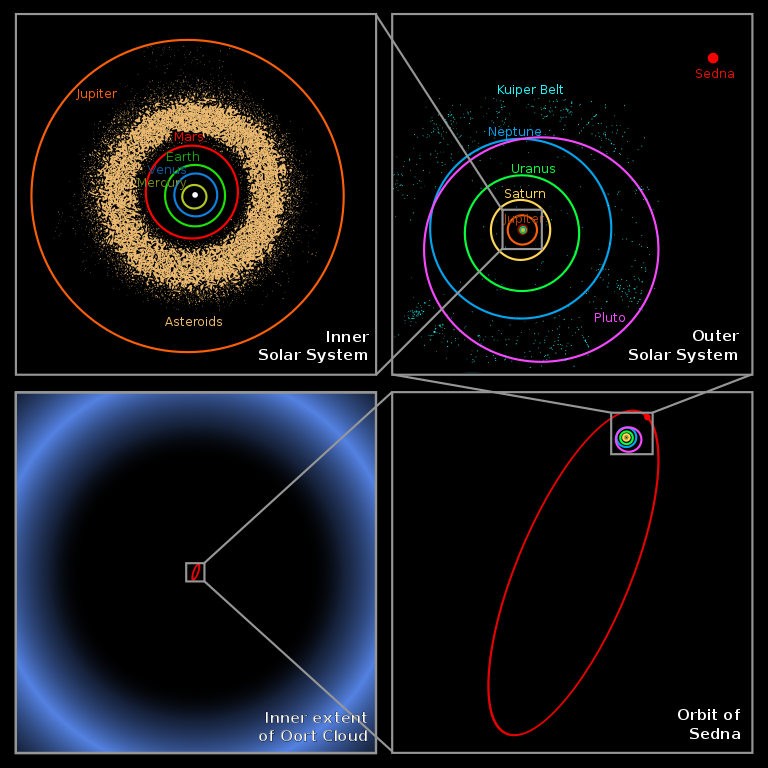
2. Exoplanets
The ancient world believed in 7 planets—moon, mercury, venus, sun, mars, jupiter and saturn—because only these ‘wanderers’ (the meaning of ‘planet’ in Greek) are visible with the naked eye. In their worldview, the earth was at the very center and these seven planets were orbiting around it in the ‘seven heavens’. Because of the Europeans Copernicus, Galileo, Kepler and Newton, we came to realize that the sun is near the center and earth is an orbiting planet. The planets uranus, neptune and pluto were discovered in the next centuries using telescopes and by the middle of the 20th century we had 9 planets in the solar system. Later, pluto was dismissed as a planet and we entered the 21st century with 8 planets.
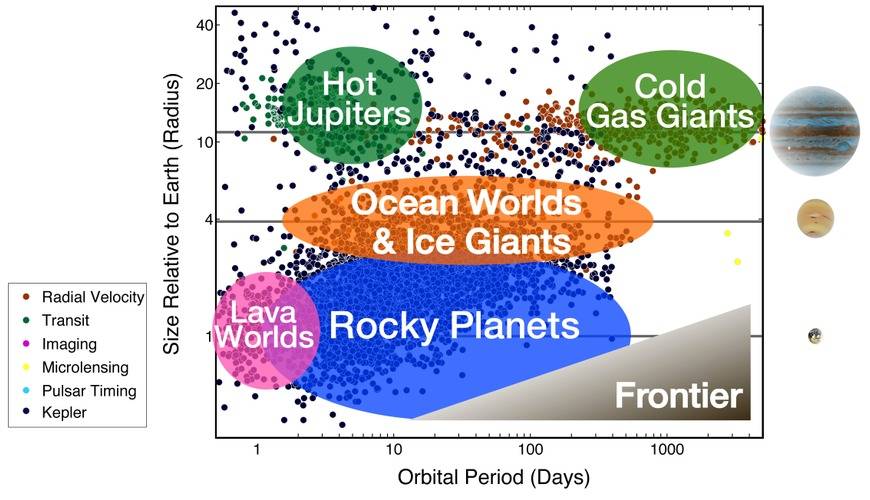
3. Planet formation
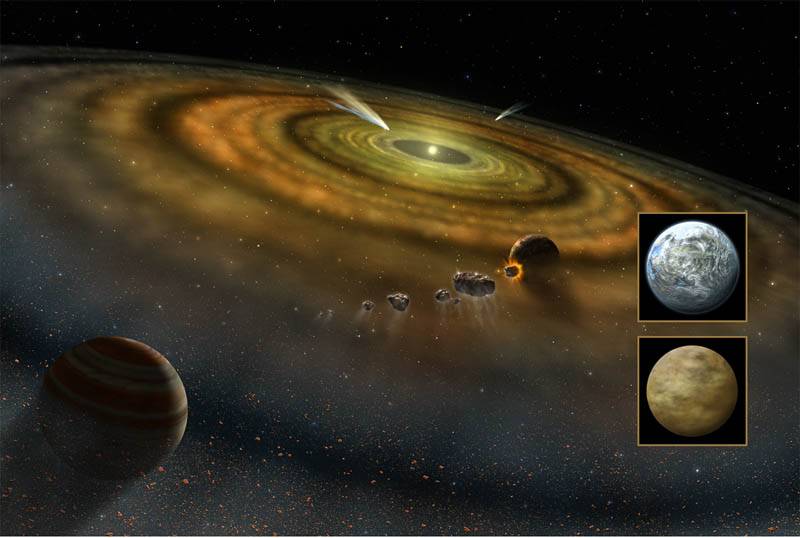
4. Solar system formation
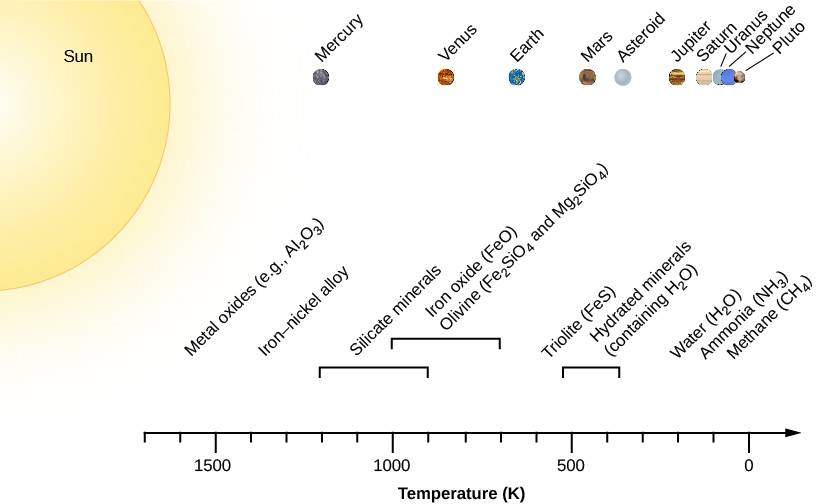
5. Evolution of planets and moons
Bombardment
Formation of the moon via a catastrophe. The sun and the moon has the same angular size on our sky. Moon is too big for a satellite. Did moon from the same protoplanetary blob as that of the earth or did earth captured moon from somewhere else or did moon was created from earth (Pacific basin) itself? Moon could be formed from a collision between earth and a mars-sized object within a year.
First half-billion years too hostile and unknown. Heavy iron-nickel sunk, light granite-silicate rose. Earth secreted ocean and atmosphere. Current atmosphere is a tertiary atmosphere?
Ice cubes congeal from the outside in. Earth solidified from the outside in as well. Outgassing. 40,000 tons of extraterrestrial matter fall to earth per year. Bombardment.
Earth’s mantle store several times more water than all the oceans. Ocean waters are recycled every 10 Myr. Ammonia, methane and water.
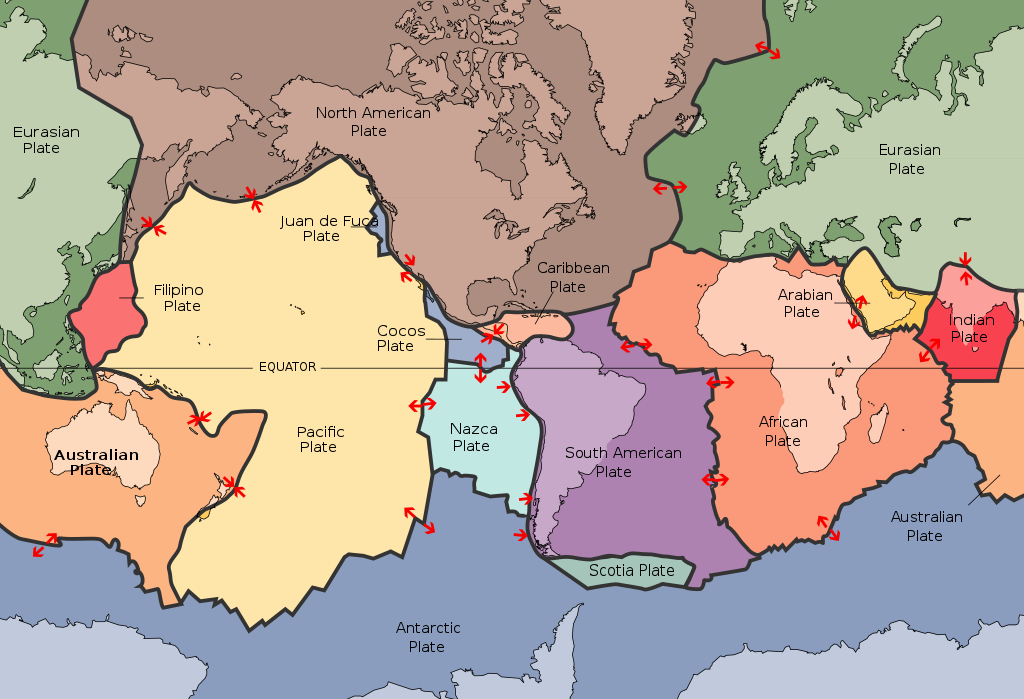
Tectonic plates are thousands of km wide but only 100 km thick. Mid-Atlantic Ridge is visible only in Iceland. Continental drift.
Atlantic ocean is 4000 km wide and 200 Myr old. India is thrusting into the Eurassian plate at 5 cm/yr.
Everest: সাগরমাথা.
Reason of continental drift: convection. granite crust and basalt mantle. Earth is a heat engine with a temperature gradient.
Plaeomagnetic studies of the mid-atlantic ridge. Seafloor is a tape recorder. The farther you are from the ridge the older floors you are standing on. Sloshing in the iron-nickel liquid core might reverse magnetic poles.
The dominant species would get extinct most quickly because it was most suited to the environment.
Venus is smaller but ageing faster. Ageing = stopping tectonics. Venus is dead since last 500 Myr. Venus was like earth when sun was fainter. Died due to a runaway greenhouse effect.
Mars is a one-plate planet without molten core and magnetism.
Io is too close to Jupiter but Callisto too far. Callisto has a 4-Gyr old icy crust intact.

